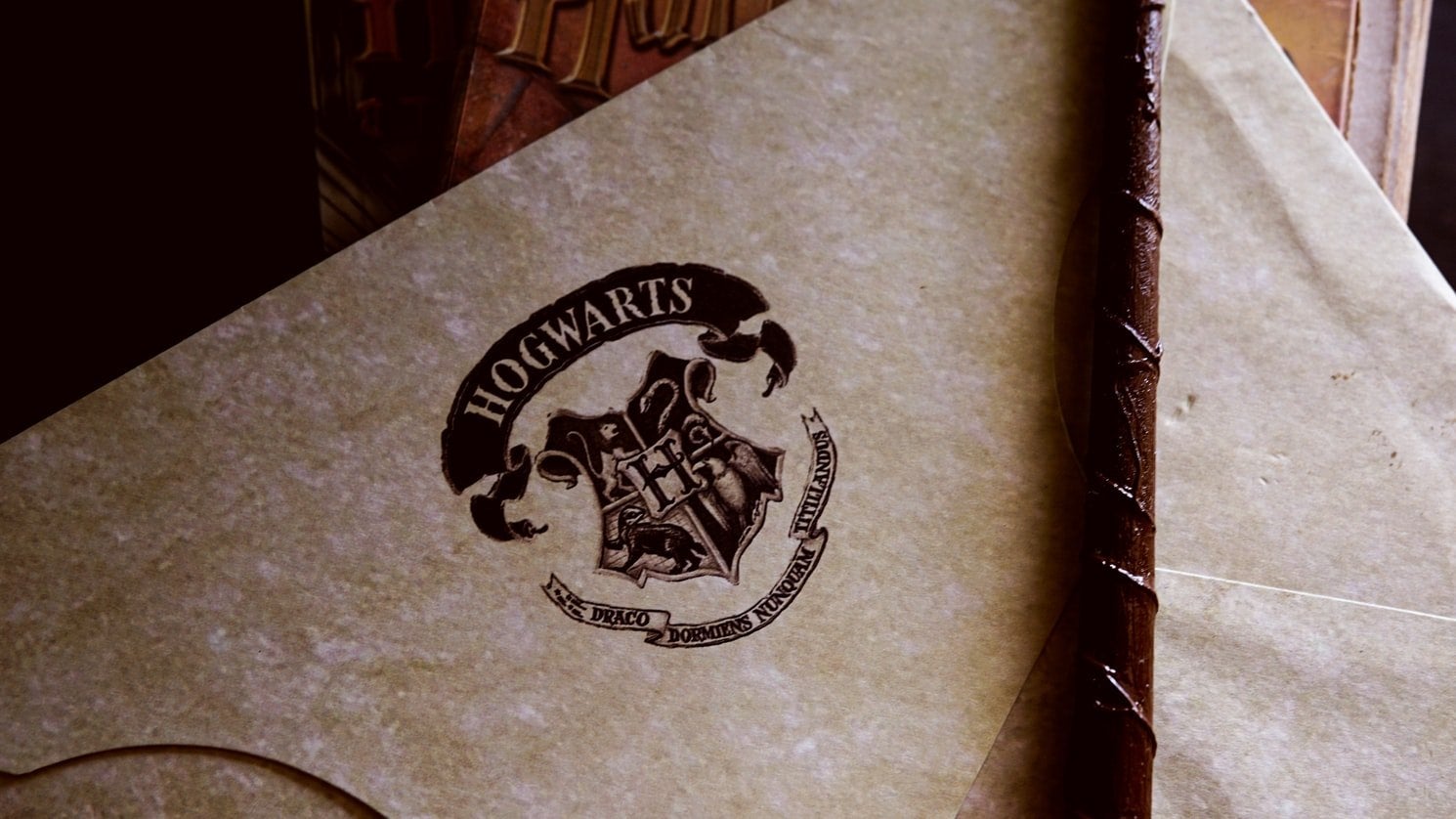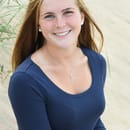Why did Severus Snape stand in the middle of the road?
So you’ll never know which side he’s on- HA!!
If you laughed at that corny Harry Potter joke, you can stay for the rest of the article. You caught me! Major Harry Potter fanatic here. For a while, I thought I knew almost everything about this series. I’ve read the books (multiple times), seen the movies (many times), and even visited Harry Potter World at Universal Studios (multiple times…oops). BUT, despite this, there was still a TON I didn’t know about the methods behind J.K. Rowling’s imaginative brain.
Disclaimer: J.K. Rowling has become highly controversial in recent years for transphobic comments. She is an incredible writer but this does not excuse her transphobic actions.

Let’s start with the basics: we all know our beloved trio Harry, Ron, and Hermione. You may have noticed that throughout literature there is often a trio – this is no mistake. Alchemical stories often combine three elements: salt, sulfur, and mercury. Salt takes the place of our main character, Harry. Salt has the ability to mix with both sulfur and mercury, however, sulfur and mercury cannot mix together. You guessed it…. Ron and Hermione represent those.
Like the physical element, our sulfur character is typically fiery, hot, and masculine. On the contrary, mercury is cold, calm, cool, and feminine. The characteristics of these elements match perfectly with Harry’s two sidekicks. Ever wonder why Ron has red hair? Or why Hermione’s initials are HG? For non-science folks, HG is the symbol for mercury on the periodic table. The details are everywhere once you know where to look!
I should also mention that our sulfur and mercury are conflicting characters that often disagree, however they must overcome this conflict in the resolution of the story. When Ron and Hermione are bickering most (in the Prisoner of Azkaban with Crookshanks and Skabbers or in Deathly Hallows when Ron disappears), Harry is going through turmoil such as being hunted by “serial killer” Sirius Black or Voldemort. It is no surprise that in the end our sulfur and mercury do resolve their conflict. At the climax of their relationship, our characters take on the characteristics of the other. Ron becomes calm and collected when he unlocks the chamber with Parsultongue, while Hermione spontaneously kisses Ron when they are in the Chamber. I never knew the full reasoning behind their relationship, until realizing that based on alchemical storytelling they were made to end up together!
Additionally, the number 7 is important in alchemical stories. And conveniently 7 pops up literally everywhere throughout the series. Seven books, seven years at Hogwarts, 7 Weasleys, 7 secret passages on the Mauraders Map, 7 players on a quidditch team, 7 ingredients in poly juice potion, Lockhart has 7 published books- I could seriously go on forever.

If you’re a Harry Potter fan like me, it seems there’s always something new to learn even though Deathly Hallows came out back in 2007! This article only brushed the surface on how many alchemical symbols J.K. Rowling skillfully incorporated into the series. Until my next Harry Potter article… Mischief Managed :)



